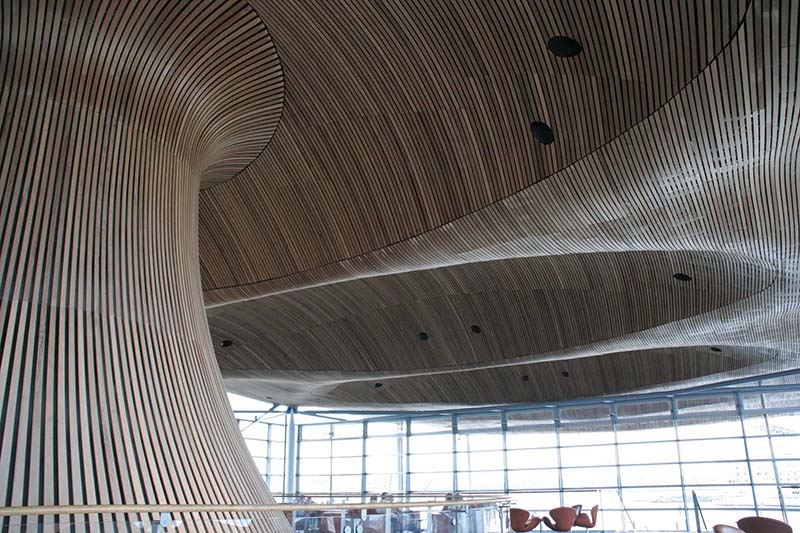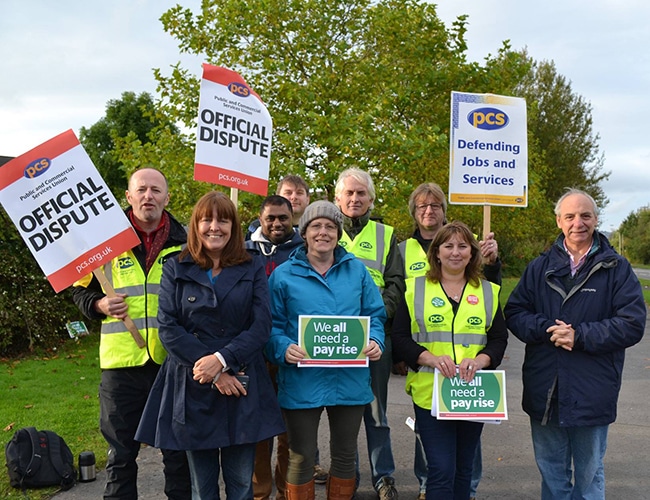- 02/05/2018
- Posted by: Mike Hedges MS
- Category: Assembly Speeches

1 May
3. Statement by the Cabinet Secretary for Finance: The Wales Infrastructure Investment Plan Mid-point Review 2018
I very much welcome the statement by the Cabinet Secretary, who I’m sure agrees with me that the choice is often between austerity or growth and what austerity is doing is strangling growth in the British economy and the Welsh economy. Could I also say that it wasn’t serendipity that Wales has got low PFI? It was good decisions taken by the Welsh Government at the time. They could’ve followed Scotland and England and built up that debt.183
I’d like to put on record my personal congratulations to Jane Hutt, the person who started off this 10-year programme. I just look at the benefits it has given to my constituency: the new secondary schools, the new primary schools, the improved transport infrastructure, the new homes. That’s what we try to get elected for—to improve the lives of the constituents we represent. Capital expenditure is incredibly important, not just to provide the buildings, but very much to reflate the Welsh economy. You put money in—capital expenditure—and you buy goods and you employ people and the money gets circulated inside the economy. This is something that doesn’t seem to have crossed Philip Hammond’s mind, because it probably doesn’t appear on his spreadsheet.184
It’s a very important point that Adam Price raised about bonds, but the important thing about bonds is not to use them, but to have the capacity to use them to keep the Public Works Loan Board honest. Very few people—. You’ll see those used— bonds—by local government bodies. Transport for London took out a very substantial bond, but very few other people have. When the Public Works Loan Board started looking at increasing interest rates, people started looking to bonds in order to push their rates down. I think it’s important that we have the ability to use bonds, not necessarily because we want to use them, but because they give us power over the Public Works Loan Board, which, if we didn’t have that, would be the only lender we could go to.185
Can I just say I very much welcome the £60 million over three years to accelerate the creation of active travel routes to connect residential areas with key employment and educational sites and services? I’m sure that my colleague Lee Waters is going to say more about that later on. When will the split by region or local authority be available, or will local authorities have to bid, and how will those bids be decided?186
Inside this money, will there be extra money available for the Swansea bay city region for transport within that region? I know we use the word ‘metro’ because that’s the word we’ve got used to, but improved bus and rail links, opening additional railway stations, making it easier for people to cycle and walk within that area is really what I’m talking about in that. For relatively small sums, huge improvements can be made in terms of ensuring that cycle routes are completed, that buses and trains actually meet each other so you can get off a bus and catch a train or get off a train and catch a bus, rather than being unco-ordinated, and that buses get close to the railway stations, rather than making people walk 200 yards, or 200m in modern parlance, when it’s raining.187
My final question is: waste recycling collaboration, will there be money available for that, and how will that be distributed?
Well, let me begin by agreeing, as Mike Hedges predicted I would, with a point he made at the outset: the problem with austerity is that it is self-defeating. It creates the problem it claims to address, and that’s why we find ourselves in the position that we do. He’s absolutely right to say, of course, not using PFI was a deliberate decision by Welsh Governments in the first decade of devolution, and I well remember the criticisms that were levelled at the Welsh Government at the time for making just that decision. I think we now see the wisdom of it. Every one of us, Dirprwy Lywydd, I think, can point to the impact of capital investment during the first period of the WIIP in our own constituencies, whether that is in health or in education or in transport or in housing and the other key purposes that were identified for it.189
Can I thank Mike Hedges for reminding us of the multiplier effect of capital investment? It isn’t just the building that you see, or the transport link that is created, it’s the supply chains that it supports, it’s the jobs that are created there, it’s the spending in local economies, it’s that benign economic cycle that capital expenditure brings.190
Dirprwy Lywydd, Mike Hedges was also right to remind us that the issuing of bonds does not extend the capital limit of the Welsh Government. It doesn’t give us more money to invest, but what it does is it gives us more choices in the way that we can get to that capital limit, and were the day to come where the interest rate in the Public Works Loan Board were to rise—and the UK Government were tempted to do that, as Mike said, not that long ago—we would have somewhere else to go. That’s an important lever in our hands.191
I’d like to be able to answer the more detailed questions that Mike raised in relation to active travel, to the Swansea area, to waste recycling and so on, but those are things that fall to my Cabinet colleagues. They will provide the detail to Members in a series of announcements that I’m sure they will be making over the coming days
4. Statement by the Cabinet Secretary for Energy, Planning and Rural Affairs: The National Development Framework
I strongly support the principle of a national development plan and a strategic development plan sitting above the local development plans. I think that we too often look at areas in isolation, and for those who know the area near where I live, you have Parc Trostre and you have Fforestfach retail park, which are both three or four miles apart. They have an effect on each other, but they’re dealt with by different planning authorities, and under any changes anybody’s put forward in recent times, it would still be under different planning authorities. We’ve seen the development of a second campus in Swansea, which I think has been a tremendous building, but it actually has a much bigger effect on Swansea than it does on Neath Port Talbot, the council which by serendipity it appears in. It was a bit of land that nobody used, and they followed a stream down to get a boundary. So, I think it is really important that we do end up having a strategic overview. 246
Can I go back to before the spatial plan? The spatial plan only replaced the old county plans. The county plans existed and they designated areas within a county for different usages. It’s quite interesting that the county plans disappeared, because the counties’ planning departments disappeared, because somebody decided that if there was a planning department in a district and a planning department in the county, there must be some form of overlap there where you can bring efficiency in by merging them. People have always wanted to merge things to bring efficiencies in; one day it will work. And we found out then that the county plans disappeared, so you didn’t have a county development plan, which was very useful. I think that we do need overall development plans, because people are always affected by the area next to them, and that’s not solved by the boundaries of Wales or the boundaries of council areas, however big you make them, or by the boundaries of the city regions. 247
I’ve got two real questions. Will you be looking to designate land for forestry? One of the great failures over the last few years is that the amount of afforestation that should have taken place in Wales hasn’t. Many people in this room are very keen on increasing the amount of forestry in Wales. Will you be designating areas, like the county plans used to designate areas for minerals and areas for forestry? Will that be in there so that you can have areas designated, so that we can actually have enough land available for afforestation to actually meet our plans? 248
The second question is: we’ve now got a marine plan separate to the national development plan—why? I’ve come to the conclusion that the sea at every point meets land. And I’m also of the view that ports, for example, have an effect on marine; at least part of them is on land and part of them is at sea. Surely, one unitary plan covering marine and land would be better than having two plans, because I’m sure somebody in the future will be wanting to join them.

